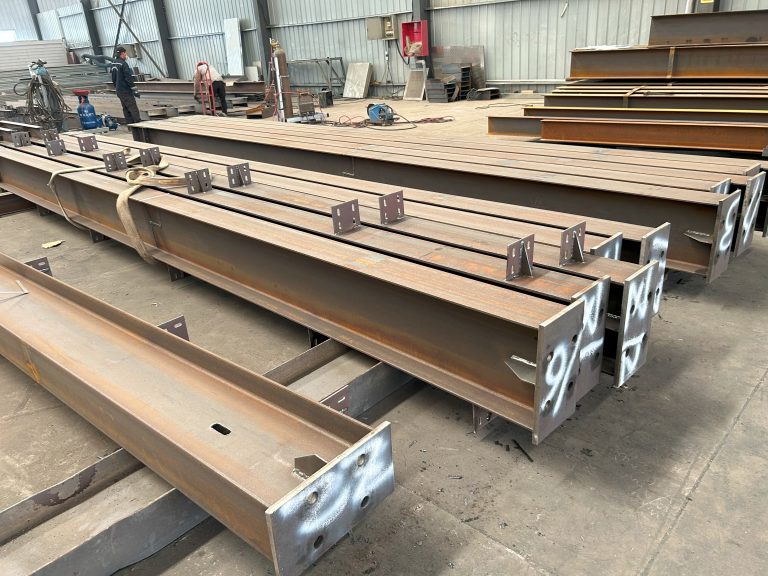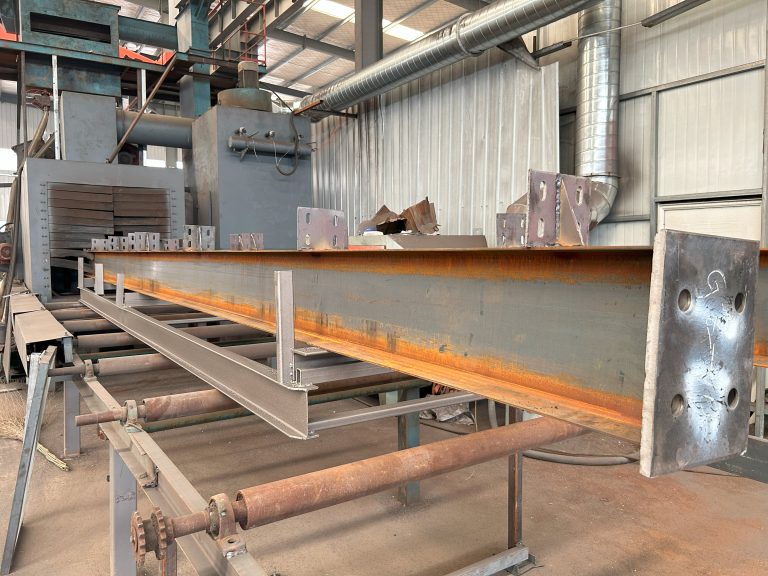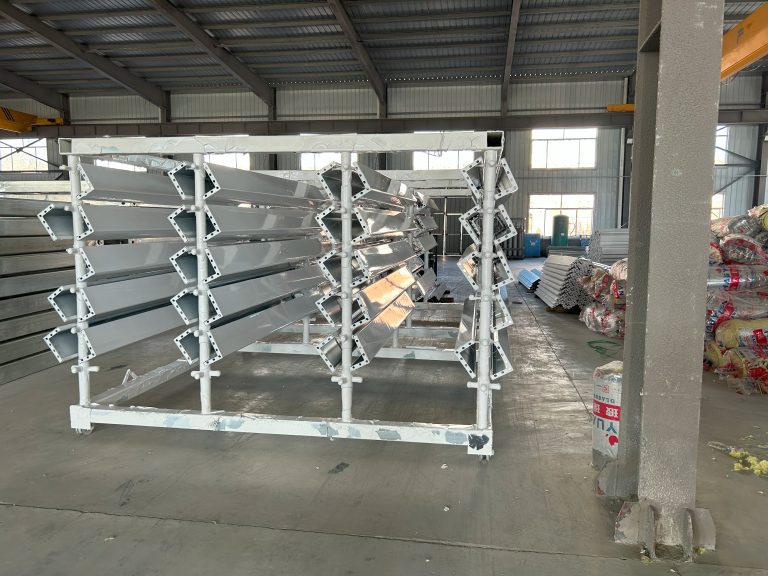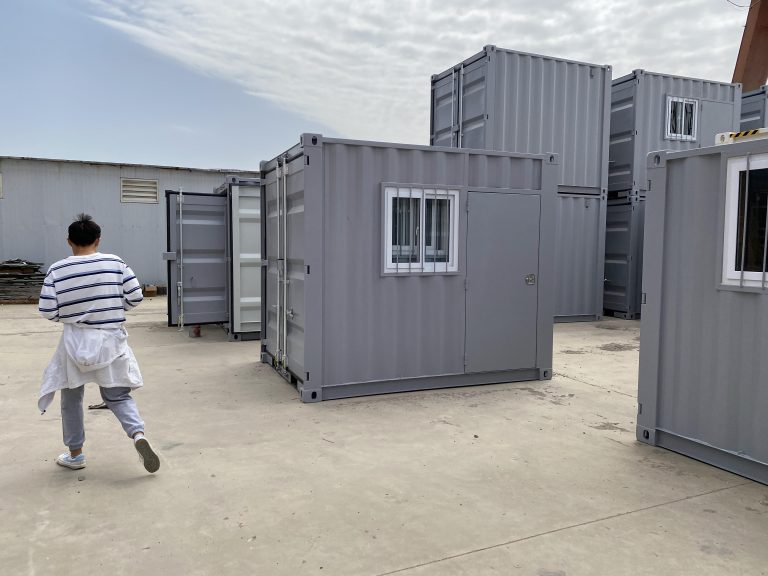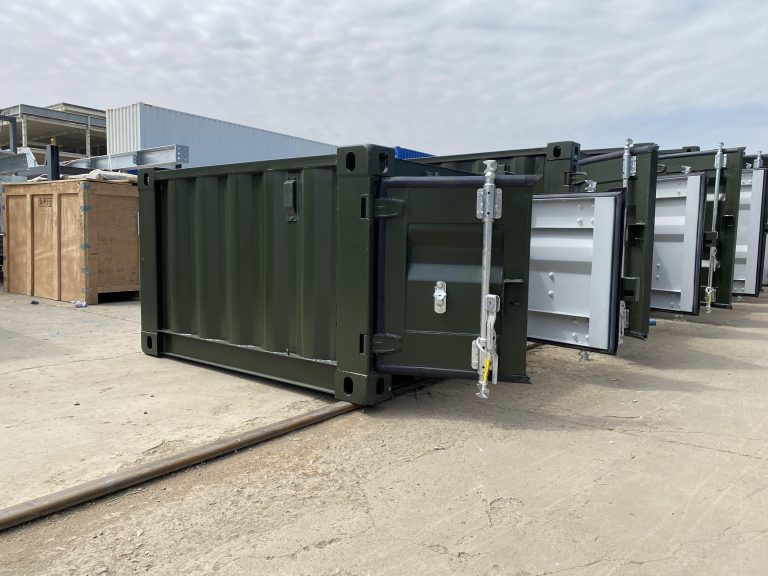The Future of Architecture: Steel Buildings Leading the Way
Advantages of Steel Buildings in Modern Architecture
Steel buildings have been a staple in modern architecture for decades, and their popularity shows no signs of waning. With their durability, versatility, and sustainability, steel buildings are leading the way in shaping the future of architecture.
One of the key advantages of steel buildings is their durability. Steel is a strong and resilient material that can withstand extreme weather conditions, seismic activity, and even fire. This makes steel buildings a popular choice for areas prone to natural disasters, as they offer a level of protection that other building materials simply cannot match. Additionally, steel buildings require minimal maintenance and have a long lifespan, making them a cost-effective option for both builders and property owners.
In terms of versatility, steel buildings offer architects and designers a wide range of possibilities. Steel can be easily shaped and molded into virtually any form, allowing for the creation of unique and innovative designs. From sleek, modern skyscrapers to rustic, industrial warehouses, steel buildings can be customized to suit any aesthetic or functional requirements. This flexibility makes steel buildings a popular choice for a variety of projects, from commercial office buildings to residential homes.
Another advantage of steel buildings is their sustainability. Steel is a highly recyclable material, with a recycling rate of over 90% in North America. This means that steel buildings have a much lower environmental impact than buildings constructed from other materials. Additionally, steel buildings can be designed to be energy-efficient, with features such as insulated panels, solar panels, and green roofs helping to reduce energy consumption and lower carbon emissions. As the demand for sustainable building practices continues to grow, steel buildings are well-positioned to meet the needs of environmentally-conscious clients.

In addition to their durability, versatility, and sustainability, steel buildings also offer a number of practical advantages. Steel is a lightweight material, which means that steel buildings can be constructed more quickly and with less labor than buildings made from traditional materials. This can result in cost savings for builders and clients alike, as well as reduced disruption to surrounding areas during construction. Additionally, steel buildings are highly resistant to pests, mold, and rot, making them a low-maintenance and hygienic option for a variety of applications.
As the field of architecture continues to evolve, steel buildings are poised to play an increasingly important role in shaping the built environment. With their durability, versatility, sustainability, and practical advantages, steel buildings offer architects and designers a powerful tool for creating innovative and impactful structures. Whether it’s a cutting-edge skyscraper, a sustainable residential development, or a functional industrial facility, steel buildings are leading the way in defining the future of architecture.

